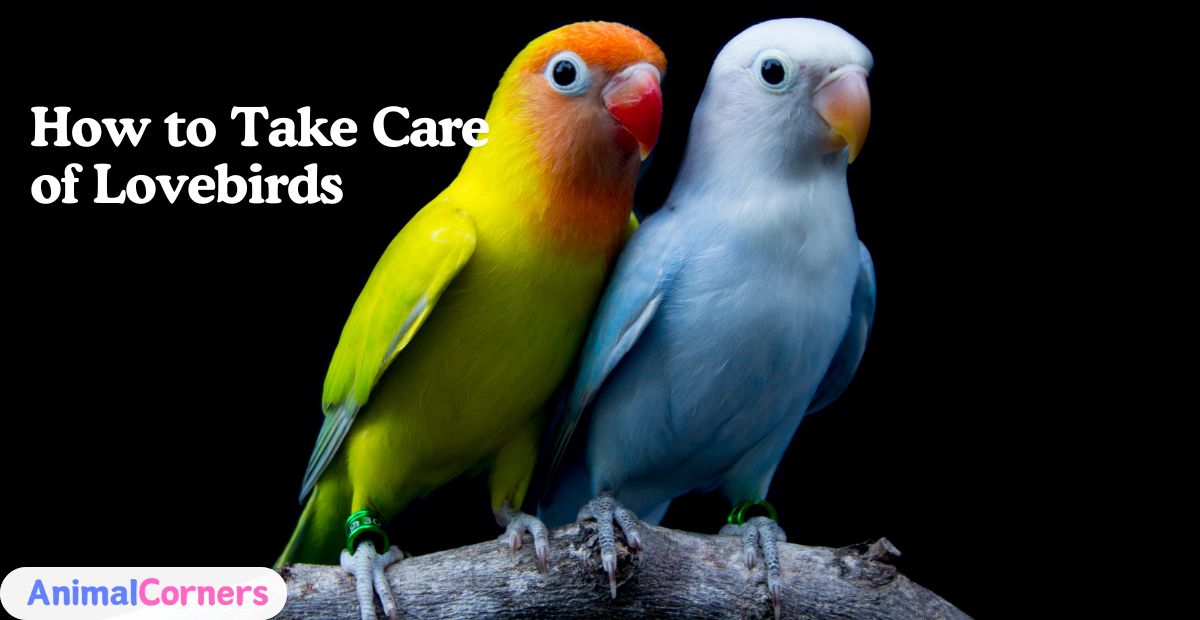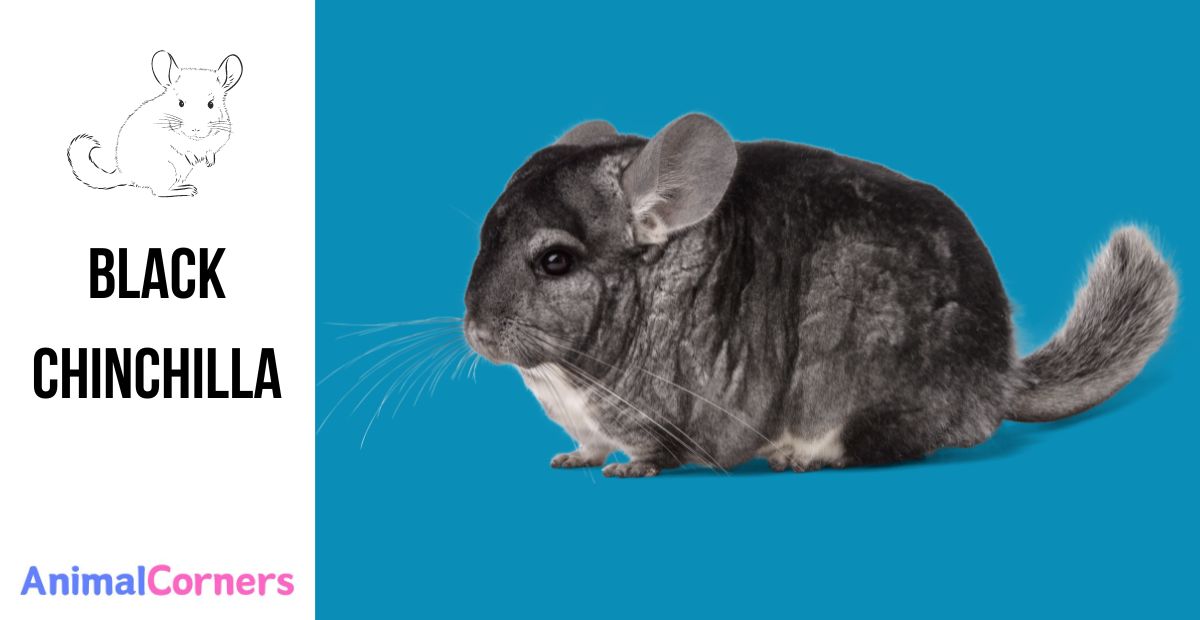How to Take Care of Lovebirds: A Complete Guide for Beginners

Sparrows, or lovebirds, are among the most wanted pet birds because of their bright color and friendly disposition. South American natives are known to love their mates. They are very playful and should suit any bird lover. However, it is crucial to understand that lovebirds require proper care to ensure a joyful and healthy life and to understand their specific needs. In today’s comprehensive manual, you will learn many aspects of caring for a pet, including their living conditions, nutrition, activity level, and potential health problems.
In this post we will learn in detail about “How to Take Care of Lovebirds“
What Are Lovebirds? How to Take Care of Lovebirds
Lovebirds are small, lively parrots that originate from Africa and the island of Madagascar, and they are highly social birds. The Lovebird belongs to the Agapornis family, with nine subgroups, each distinguished by unique feathers or colors. People hold the belief that lovebirds are monogamous, and their frequent formation of close relationships with their partners has led to their common name. People love them for their playful nature, active nature, and intelligence, making them excellent pets for any home.
Properly known as agapornis, lovebirds aren’t massive, but they’re large on character. They are intelligent, playful, and very active; they need mental challenge, stimulation, and companionship. Despite their sociable nature necessitating pair care, a single lovebird can find contentment if its owner provides sufficient attention. These birds need people who can give them time and love.
Setting Up the Perfect Home for Lovebirds
Cage Size and Design
Lovebirds are noisy and need space to maneuver or play their prison-like game. For a pair, there should be an enclosure with dimensions not less than 24 inches in length, width, and height. The bars should not be far apart; they should be less than ½ inch apart to discourage escaping or injuring themselves.
Accessories and Setup
Provide them with natural wood perches of varying diameters to maintain their foot condition.
erches: Use natural wood perches of varying diameters to keep their feet healthy.
Toys: Lovebirds love to chew and play. Provide them with bird-safe chew toys, ropes, and bells.
Nest Box: If you plan to breed lovebirds, include a nest box. Even if not breeding, many lovebirds enjoy sleeping in one.
Cage Placement
Place the cage in a well-lit room, avoiding direct exposure to heat, wind, or kitchen fumes. Loud noises bother lovebirds the least, but they dislike novelty, hot temperatures, and humidity.
What do you feed lovebirds?
In general, lovebirds require a proper diet that guarantees their healthy life and long lifespan.
Core Diet
Pellets: High-quality bird pellets should make up 60–70% of a bird’s diet due to their sensitivity.
Fresh Produce: This category includes items from the apple, pear, and papaya groups, as well as vegetables such as spinach, carrots, and broccoli. Avoid feeding the bird avocado, chocolate, caffeine, or anything salty, as these items are poisonous to them.
Seeds and Nuts: These are rich in fat and should be provided occasionally.
Hydration and clean water.
Alto, always ensure you have clean, fresh water in a shallower dish. Make sure to replace the water daily and wash the dish to prevent contamination.
Treats and supplements
Provide cuttlebone or mineral blocks to give calcium. Homa treatment, similar to millet sprays, also improves treats that one can use sparingly.
Socializing with Your Lovebirds
Lovebirds are truly creatures of company and need attention more than once per day to be pleased.
Building Trust
Spend close time beside their cage and perform gentle communications with them in order to ease their tension.
Feed through the bars so as to get acquainted and domesticated.
Playtime outside the cage
It is best to offer 2-3 hours of supervised out-of-cage time daily.
Make sure they have a protected environment, such as an enclosed space, to play in diversely.
Pairing Lovebirds
Since most people keep lovebirds in pairs, having one is fine as long as you spend time with it. However, if you are certain that you won’t have enough time for important meetings, it’s advisable to find them a companion.
Feeding the lovebirds and maintaining their health and hygiene is indeed the secret to helping them win in the beginner’s competition.
Maintaining Lovebirds’ Health and Hygiene
Ensuring the health and cleanliness of your lovebirds is crucial.
Common Health Problems
- Respiratory Infections: Symptoms include wheezing, nasal discharge, or lethargy.
- Feather Plucking: This can result from stress or boredom.
- Psittacosis: A bacterial infection that can spread to humans, so any signs of illness should be checked by a vet immediately.
Grooming Essentials
- Lovebirds enjoy bathing. Provide a shallow water dish or mist them lightly with water.
- Trim their nails as needed, but avoid cutting too close to the quick.
Cleaning Routine
- Clean the cage thoroughly once a week.
- Remove uneaten food and droppings daily.
- Disinfect toys, perches, and food dishes regularly to prevent bacteria buildup.
Breeding Lovebirds
Breeding lovebirds can be a rewarding but challenging experience.
Preparing the Environment
Provide a nest box and nesting materials like shredded paper or coconut fiber.
Breeding Diet
Boost the breeding pair’s diet with high-protein foods like boiled eggs and additional calcium from cuttlebone.
Incubation and Chicks
- A typical clutch contains 4-6 eggs, with an incubation period of 23 days.
- Ensure the parents are attentive, but avoid handling the eggs or chicks excessively to minimize stress.
Behavior and Communication
Lovebirds are expressive and use vocalizations and body language to communicate.
Understanding Their Sounds
Lovebirds chirp and chatter to express themselves. A happy bird will chirp softly, while loud squawking can indicate discomfort or boredom.
Playful Behavior
Lovebirds are natural acrobats and enjoy hanging upside down or climbing around their cage.
Signs of Stress or Illness
If your lovebird becomes unusually quiet, stops eating, or displays changes in behavior, consult a vet promptly.
Conclusion
I take great pleasure in caring for my sweet lovebirds, a task that is filled with passion and responsibility. These small, vivid parrots are some of the most entertaining and friendly pets that will fill your life with happiness. Given a safe environment, adequate nutritional intake, and interaction, they grow physically and emotionally strong.
Whether you choose to have one or two lovebirds, the bond between you and your bird is based on trust and friendship. Given proper attention, care, and affection, lovebirds should blend into your family as a joyous addition, with colors, affection, and melodious tunes.
FAQs About Lovebirds
Can lovebirds talk?
Lovebirds can copy whistles and beeps from a house, but they are not as talkative as large parrots. Their main form of communication is using sounds such as chirping or other sounds that indicate their state of mind or feelings.
How long do lovebirds live?
If cared for and well-loved, the lovebirds will live between 10 and 15 years. We must provide appropriate diets, maintain a healthy environment, and socialize them appropriately to increase their lifespan and quality of life.
Do lovebirds need a partner?
Lovebirds are social, requiring cohabitation, but the happiness of a bird in a cage will depend on the daily communication between it and the owner.
What do lovebirds eat?
Lovebirds require a diet based on high-quality pellets; at least twenty percent of the birds’ diet should be fresh fruit and vegetables. Eat fruits like seeds and nuts sparingly, as they are high in fats.
How often should you clean a lovebird’s cage?
It is advisable to wash them gently without water and scrub the droppings as well as the uneaten food every day. For cleanliness, we recommend daily cleaning of enclosures, feeding and drinking utensils, and weekly disinfection of toys and perches.




